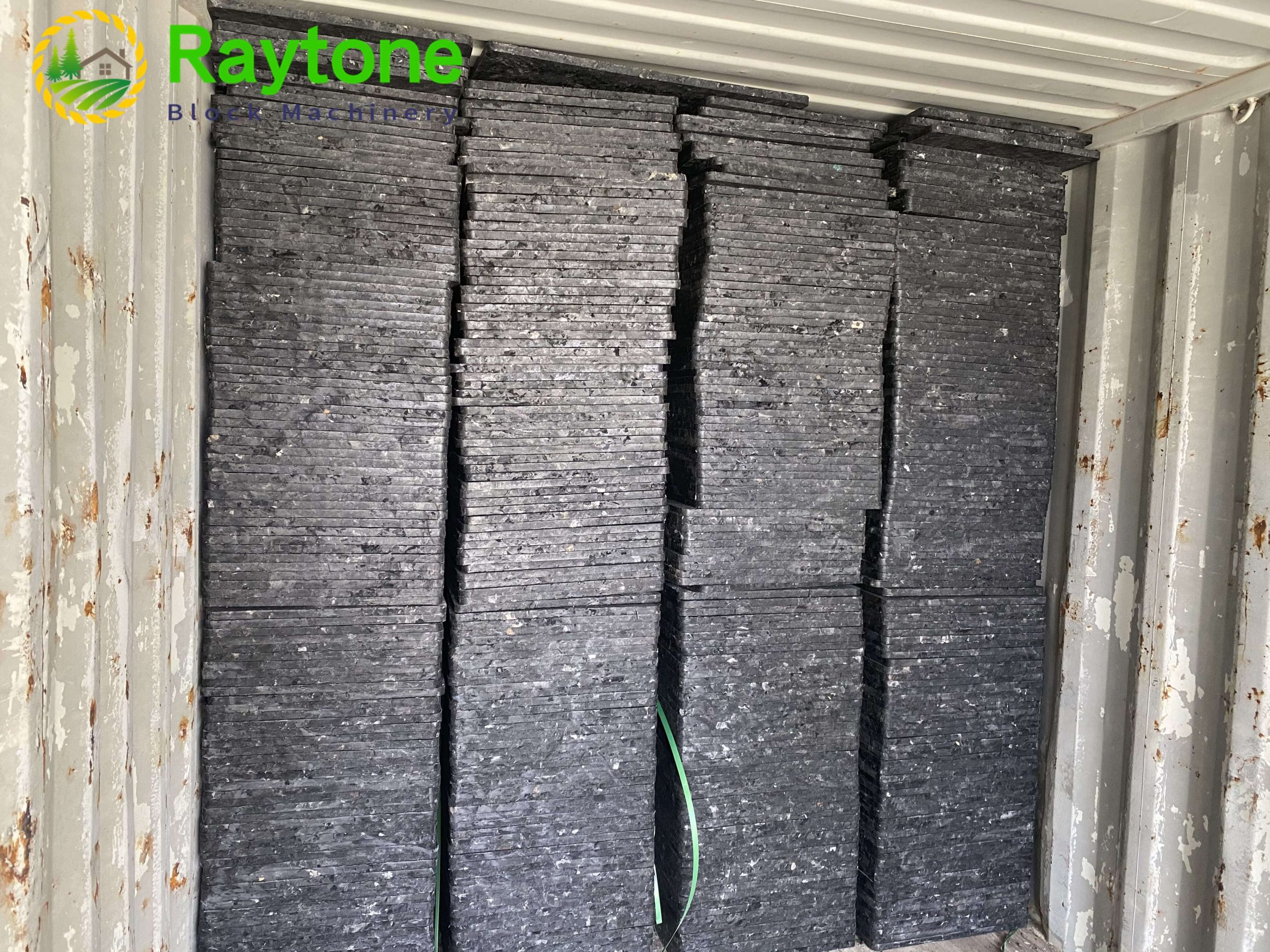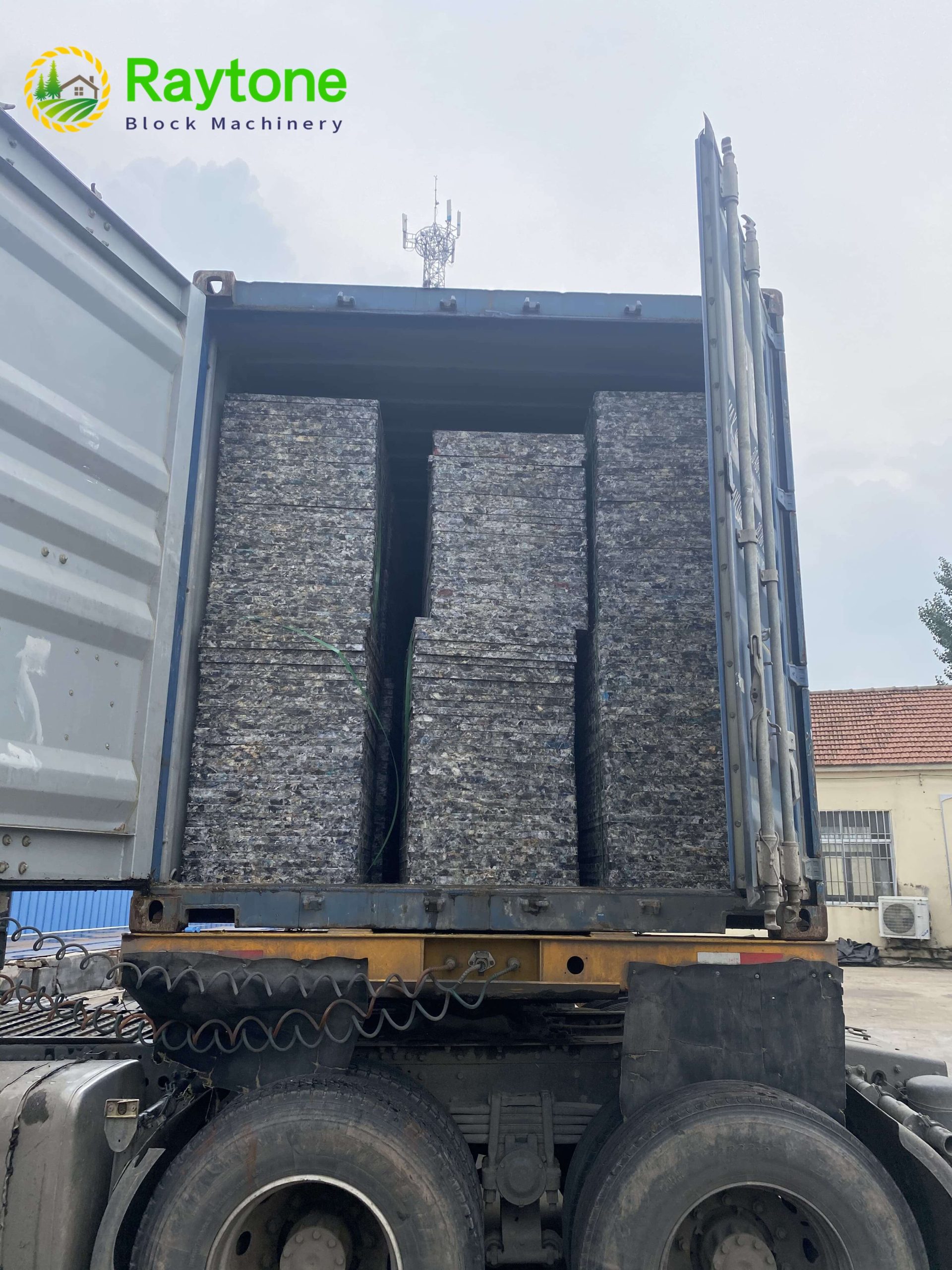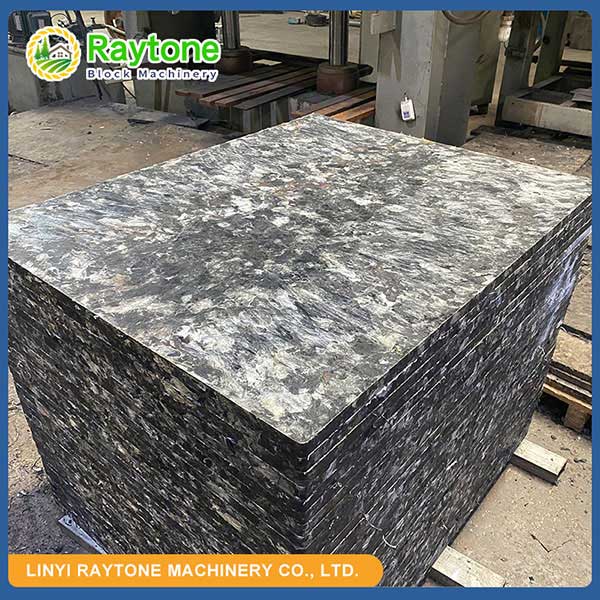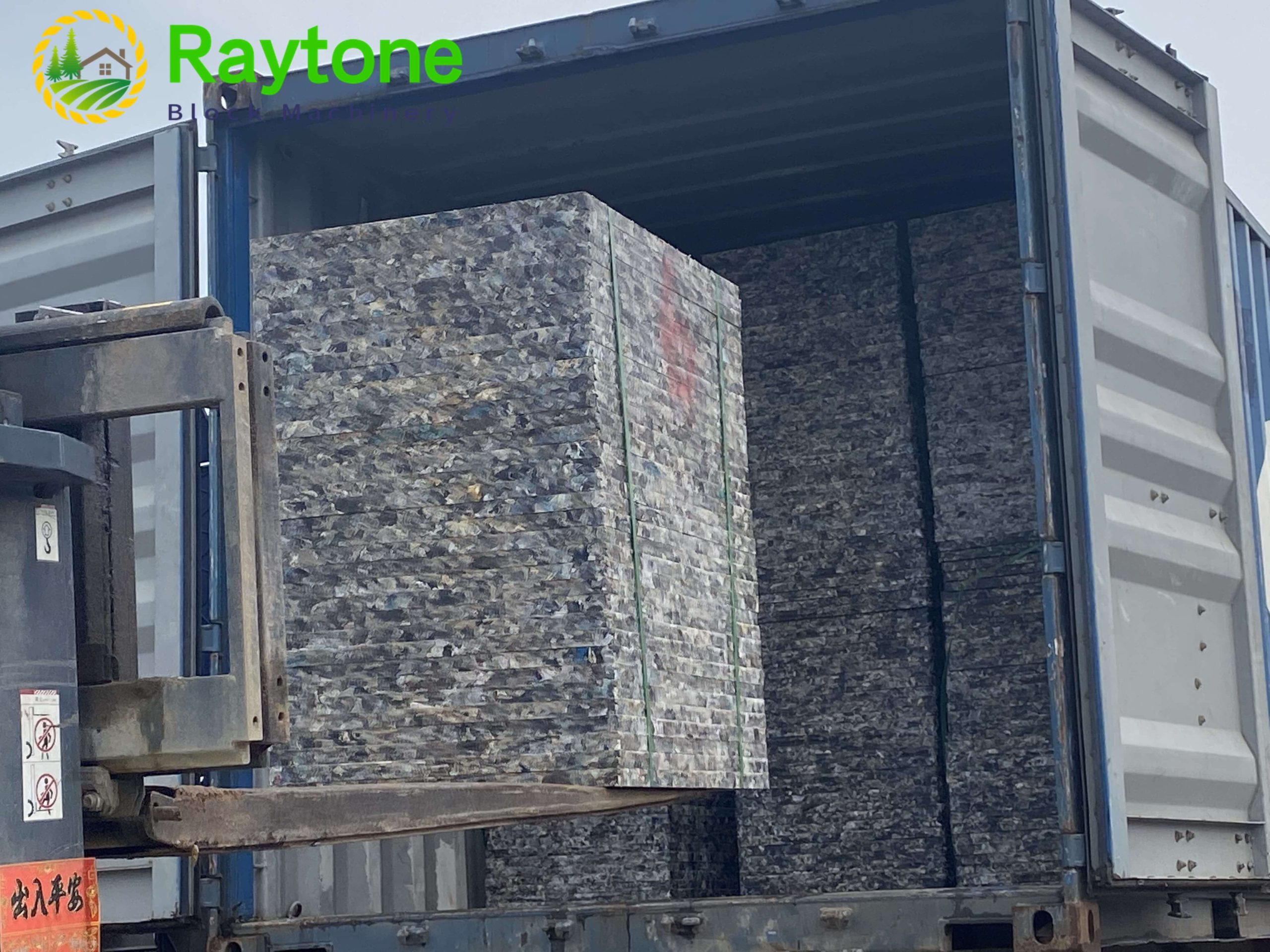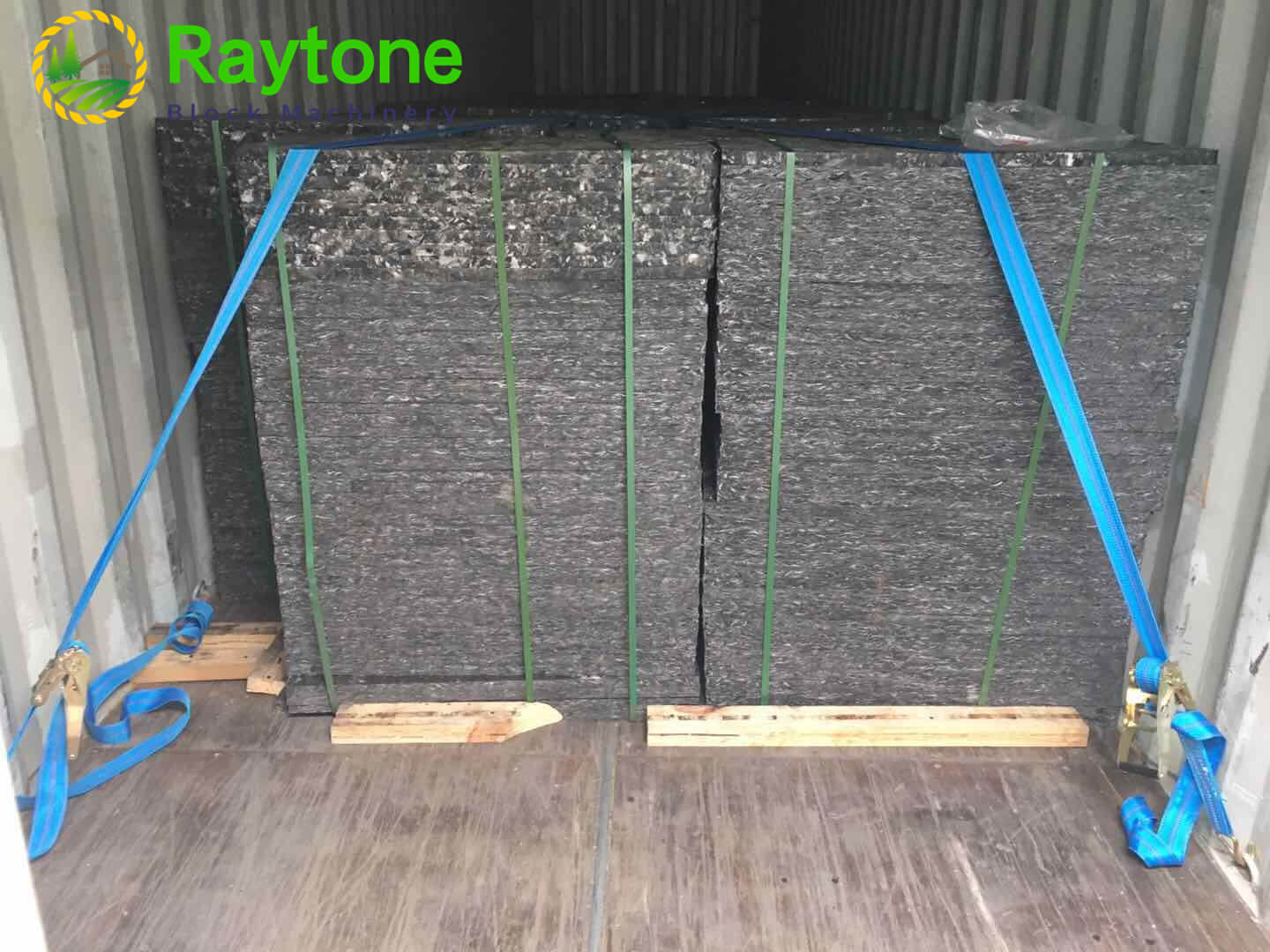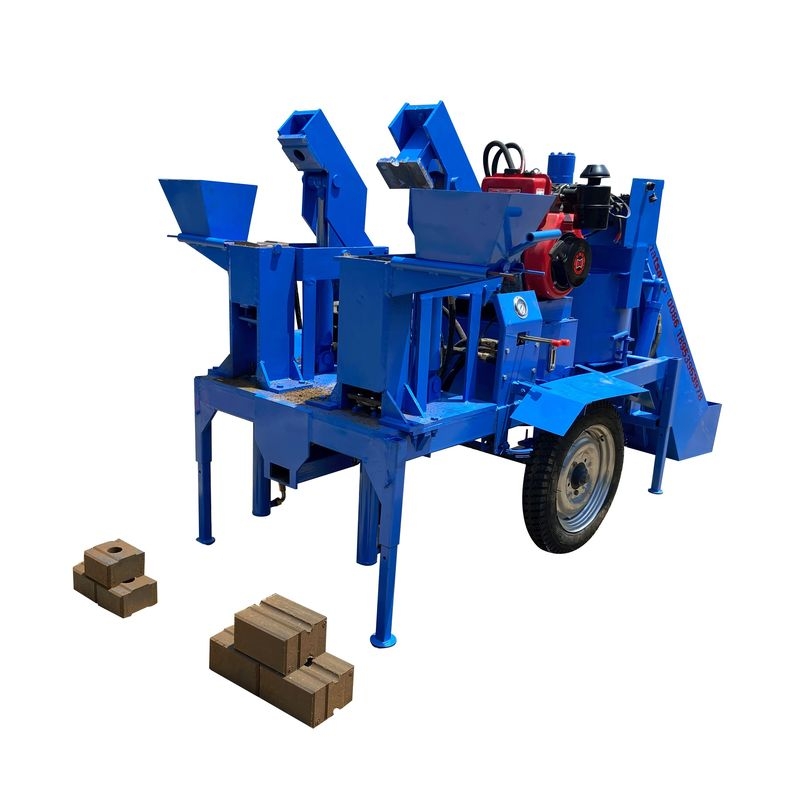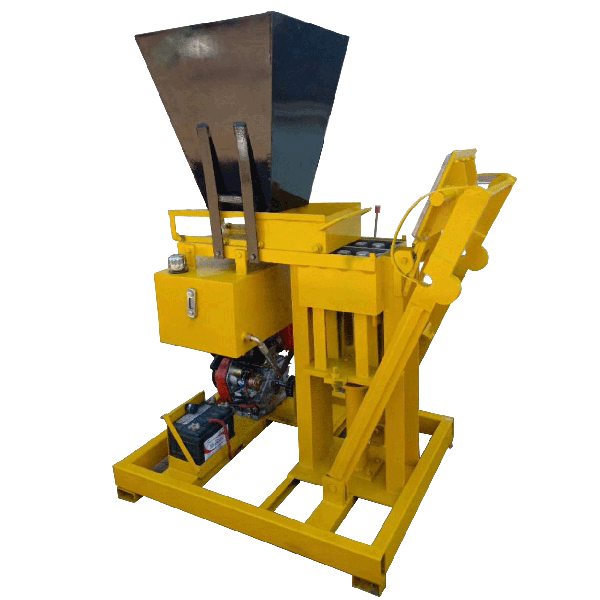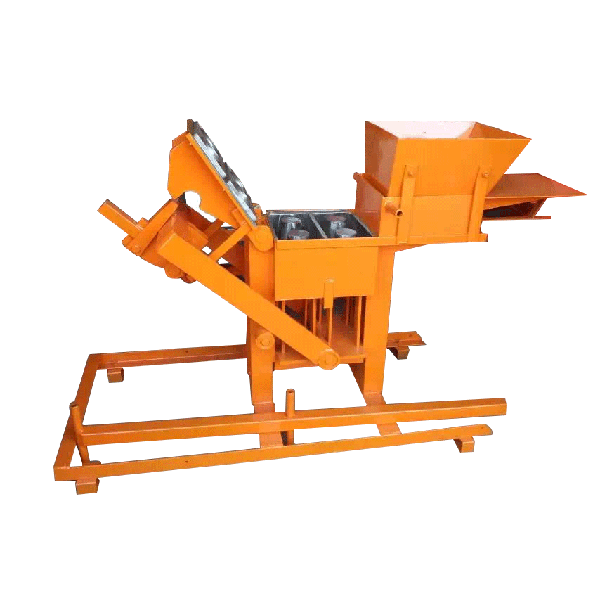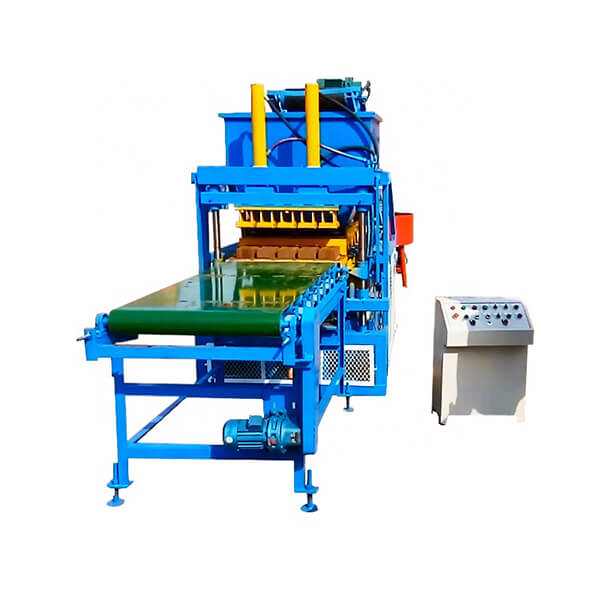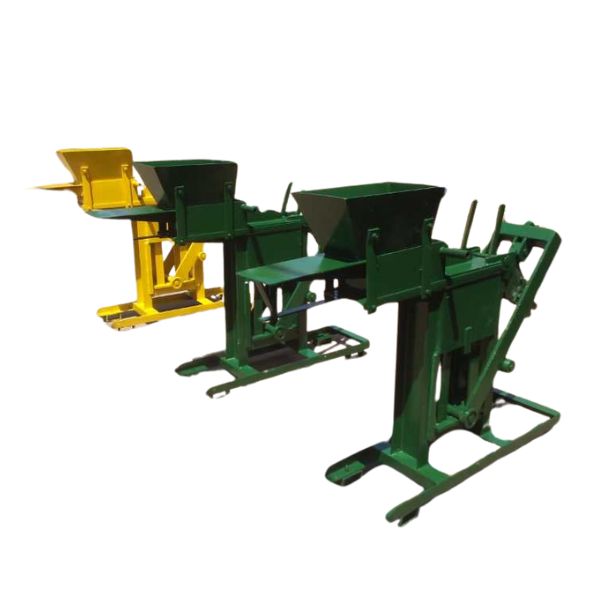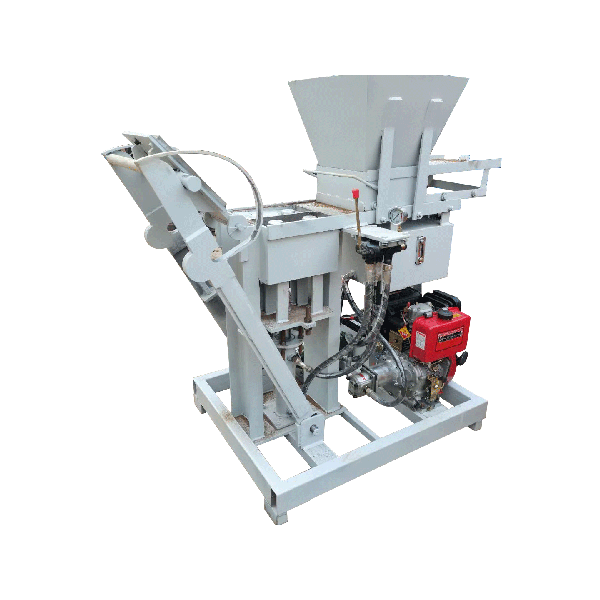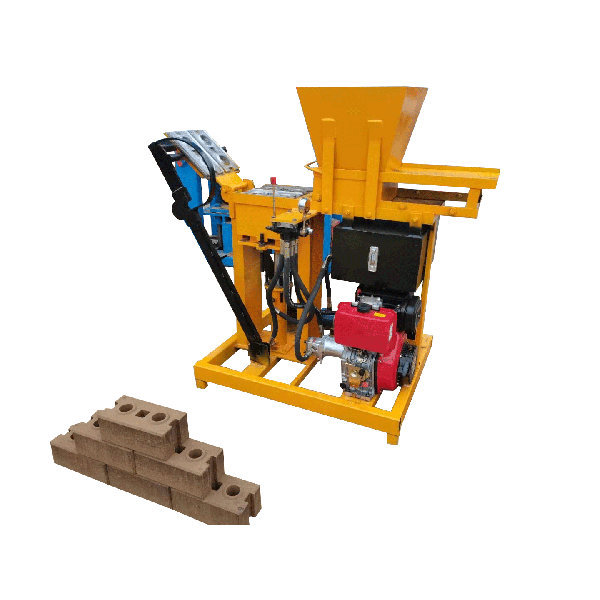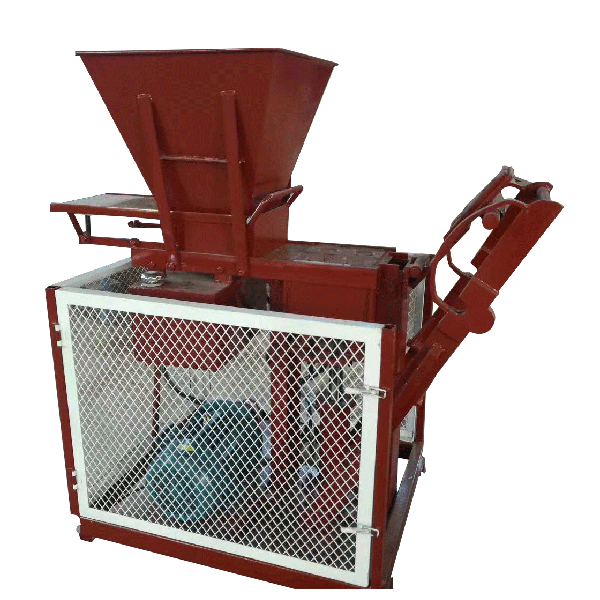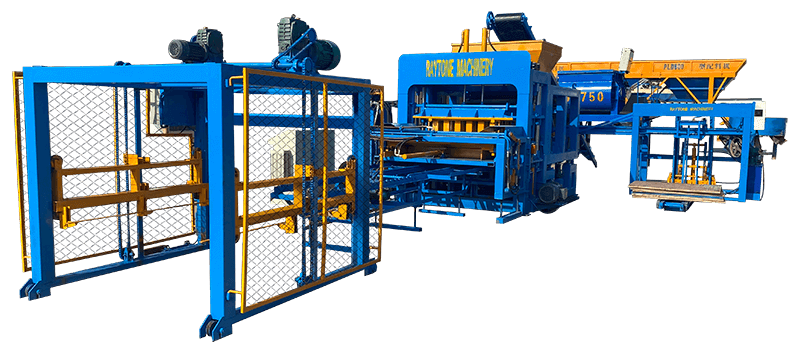A manual clay brick making machine is an essential tool for small-scale brick production. This step-by-step guide will walk you through the process of using a manual clay brick machine effectively. From preparing the clay mixture to molding and drying the bricks, we’ll cover all the crucial steps to help you produce high-quality clay bricks. Whether you’re a hobbyist or a small business owner, mastering the use of a manual brick machine can lead to cost-effective and sustainable brick production. Let’s dive into the world of clay brick making and explore how to make the most of your manual machine.
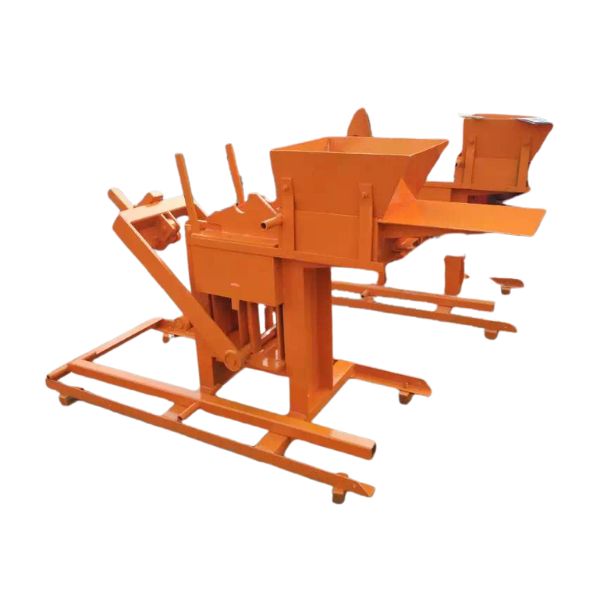
Preparing for Brick Production
Selecting the Right Clay
The foundation of any good brick lies in the quality of clay used. When selecting clay for your manual brick making process, look for soil with a high clay content. Ideal clay should have a plastic consistency when moist and become hard when dried. Avoid clay with excessive organic matter or large particles, as these can affect the brick’s strength and durability. You can test the clay by forming a small ball and observing its behavior when dry. If it maintains its shape and develops small cracks, it’s likely suitable for brick making.
Mixing the Clay
Once you’ve chosen your clay, it’s time to prepare the mixture. Start by breaking down any large clumps and removing stones or other debris. Add water gradually to the clay, mixing thoroughly until you achieve a consistent, workable texture. The ideal mixture should be pliable but not too wet. You can test the consistency by forming a ball and pressing it with your thumb. If it holds its shape without sticking to your hand, it’s ready for use. Some brick makers add sand or other additives to improve the brick’s properties, but this depends on your specific requirements and the clay’s characteristics.
Setting Up the Manual Brick Machine
Before you begin production, ensure your manual clay brick making machine is clean and properly set up. Check all moving parts for smooth operation and lubricate if necessary. Adjust the mold box to the desired brick size and shape. Most manual machines allow for some customization in brick dimensions. Position the machine on a flat, stable surface to ensure consistent pressure during the molding process. Have all your tools ready, including a shovel for loading clay, a wire cutter for trimming excess clay, and pallets or boards for drying the freshly molded bricks.
Operating the Manual Clay Brick Machine
Loading the Clay Mixture
With your clay mixture prepared and the machine set up, it’s time to start the brick-making process. Begin by loading the clay mixture into the mold box of your manual brick machine. Use a shovel to fill the mold, ensuring you add enough clay to form a complete brick. It’s better to slightly overfill the mold, as excess clay can be trimmed off later. Pack the clay firmly into the corners and edges of the mold to prevent air pockets, which can weaken the brick. Some manual machines have a pre-pressing mechanism that helps compact the clay before the main pressing operation.
Pressing the Brick
Once the mold is filled, it’s time to press the brick. Most manual clay brick making machines use a lever or handle system to apply pressure. Apply steady, even pressure to the lever, compressing the clay mixture into the mold. The amount of force required can vary depending on the clay consistency and the desired brick density. You’ll likely develop a feel for the right pressure with practice. Some machines have pressure indicators or stops to ensure consistent compression across all bricks. Continue pressing until you feel resistance, indicating that the clay has been fully compacted.
Ejecting and Handling the Brick
After pressing, it’s time to remove the brick from the mold. Many manual brick machines have an ejection mechanism that pushes the brick out of the mold box. Operate this mechanism carefully to avoid damaging the freshly formed brick. If your machine doesn’t have an automatic ejection system, you may need to manually remove the brick using a flat board or pallet. Handle the newly formed bricks with care, as they are still soft and can easily deform. Place each brick on a flat surface for initial drying. Some brick makers use wooden pallets or boards that allow for easy transport of multiple bricks at once.
Post-Production Processes
Drying the Bricks
Proper drying is crucial for the strength and durability of your clay bricks. After removing the bricks from the manual machine, place them in a shaded, well-ventilated area for initial drying. Avoid direct sunlight at this stage, as it can cause the bricks to dry too quickly and develop cracks. The initial drying period typically lasts 24-48 hours, depending on climate conditions. Once the bricks have hardened enough to handle without deformation, you can move them to a sunnier location for further drying. The complete drying process can take up to two weeks. Rotate the bricks periodically to ensure even drying on all sides.
Curing and Firing
After the bricks have fully air-dried, they enter the curing phase. This process allows the clay particles to settle and bond more tightly, improving the brick’s overall strength. Curing can take several weeks, during which the bricks should be protected from rain and extreme temperatures. Following curing, many brick makers using a manual clay brick making machine choose to fire their bricks in a kiln. Firing permanently hardens the clay and significantly increases the brick’s durability and water resistance. If you’re planning to fire your bricks, follow proper kiln loading and firing procedures to ensure even heating and cooling of the bricks.
Quality Control and Storage
Once your bricks have completed the drying and curing (and potentially firing) processes, it’s important to assess their quality. Inspect each brick for cracks, warping, or other defects. Perform simple strength tests, such as tapping bricks together to check for a clear, ringing sound, which indicates good density and strength. Discard or recycle any substandard bricks. For storage, stack the approved bricks in a dry area, protected from moisture and direct sunlight. Proper storage will maintain the quality of your bricks until they’re ready for use in construction projects.
Conclusion
Mastering the use of a manual clay brick making machine opens up a world of possibilities for sustainable construction and DIY projects. By following this step-by-step guide, you can produce high-quality clay bricks efficiently and cost-effectively. Remember that practice makes perfect – as you gain experience, you’ll develop a keen sense for clay consistency, pressing techniques, and optimal drying conditions. Whether you’re creating bricks for personal use or small-scale production, the satisfaction of crafting your own building materials is unmatched. Embrace the art of manual brick making and contribute to a more sustainable construction industry.
Contact Us
If you’re looking to enhance your brick production capabilities, Raytone Machinery offers a range of high-quality block machines, including manual, semi-automatic, and fully automatic options. Our machines are designed for performance, reliability, and versatility, ensuring excellent value for our customers. For more information about our products and how they can benefit your brick-making endeavors, please contact us at hazel@raytonechina.com. Let Raytone Machinery be your partner in efficient and cost-effective brick production.
References
- Johnson, A. (2021). The Art of Clay Brick Making: Traditional and Modern Techniques. Clay Craft Publishing.
- Smith, B. (2020). Sustainable Construction Materials: A Guide to Clay Bricks. Green Building Press.
- Chen, L. et al. (2019). Optimization of Manual Brick Making Processes for Small-Scale Production. Journal of Sustainable Materials, 12(3), 45-58.
- Brown, M. (2022). Quality Control in Handmade Brick Production. Masonry Institute Quarterly, 35(2), 72-86.
- Davis, R. (2018). Clay Selection and Preparation for Artisanal Brick Making. Ceramic Arts Network.
- Wilson, K. (2023). Energy-Efficient Firing Techniques for Small-Scale Brick Production. Sustainable Construction Today, 8(1), 103-117.


